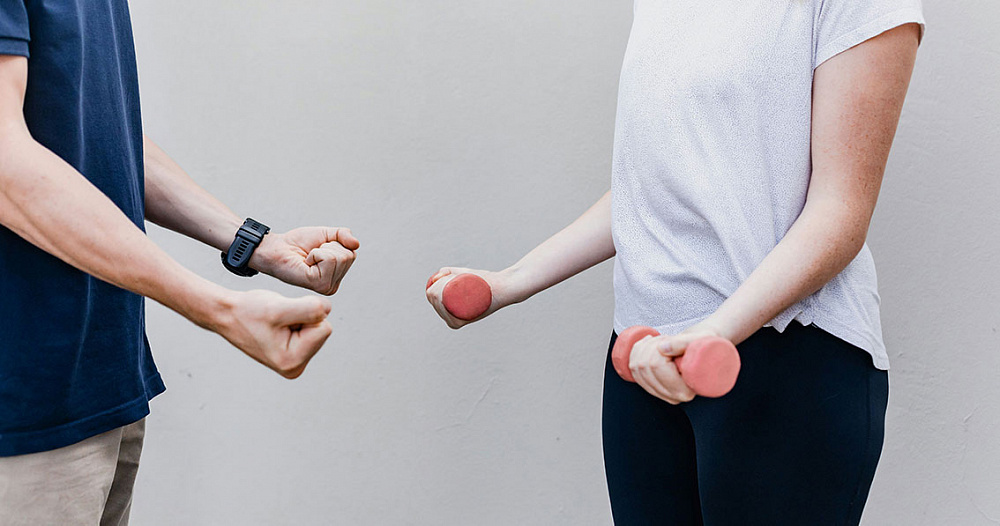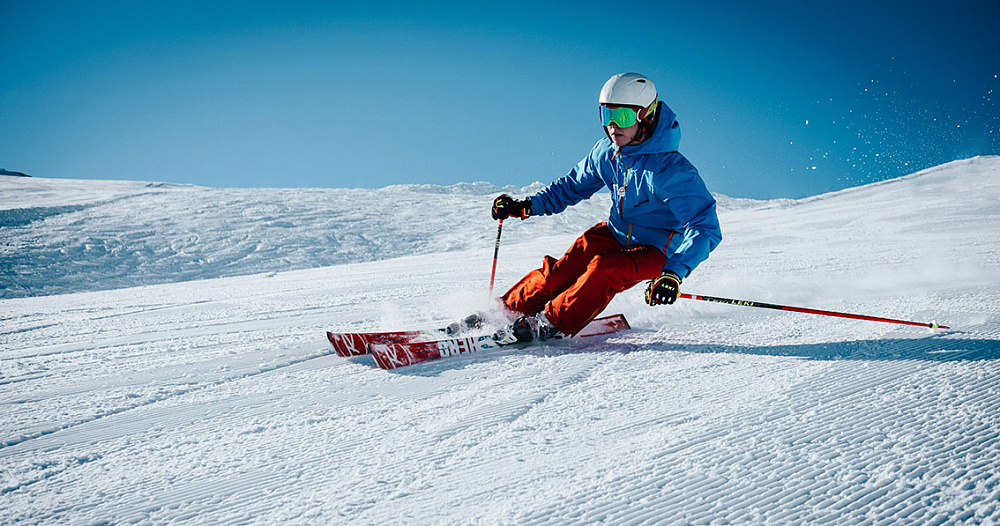Posttraumatic arthrosis is a degenerative-dystrophic process in cartilage and bone tissue that occurs as a result of trauma. This disease is classified as a secondary arthrosis. It can develop at an earlier age than primary (idiopathic) osteoarthrosis. The posttraumatic form of the disease is more difficult to treat, including technical difficulties may arise when performing joint endoprosthetics.
Stages of post-traumatic arthrosis
Radiographic stages of arthrosis according to Kellgren-Lawrence:
- Grade 1 – slight narrowing of the joint space.
- 2nd degree – minimal osteophytes (bone growths) appear.
- Grade 3 – moderate osteophytes, bone deformation is possible.
- Grade 4 – large osteophytes, significant narrowing of the joint space.
Symptoms
The main symptoms of the disease are:
- pain in the problem joint;
- starting pain;
- short-term morning stiffness;
- crunch.
In the later stages of post-traumatic arthrosis, the pain becomes stronger, the range of motion is limited, muscle contractures (persistent spasm) may form, and gradual deformation of the joint occurs.
Diagnostics
The main method of diagnosing post-traumatic osteoarthrosis is radiography. It allows us to determine the stage of the disease.
When preparing for endoprosthetics of a problematic joint, more precise diagnostics are performed using computed tomography. It helps to better plan the operation.
Treatment of post-traumatic arthrosis
In the early stages, conservative tactics are used to treat post-traumatic arthrosis. The main goal of medical intervention is to reduce the severity of pain, improve the patient’s quality of life, improve joint function and increase the person’s performance. If possible, they try to slow down the progression of the disease.

Methods of conservative treatment of post-traumatic arthrosis:
- taking nonsteroidal anti-inflammatory drugs;
- physiotherapy;
- physiotherapy;
- massage;
- orthoses;
- lifestyle modifications, which may include weight control, limiting heavy physical activity, functional rest for the affected joint, and using a cane when walking.
Intra-articular injections of hyaluronic acid and PRP therapy, which involves injections of one’s own blood plasma enriched with platelets, help to achieve a good and long-lasting symptomatic effect, as well as slow the progression of post-traumatic arthrosis.
Surgery
Endoprosthetics is the main method of treating late stages of osteoarthritis of most large joints, except for the ankle. In ankle arthrosis, the main intervention is arthrodesis (fixation of the joint in a fixed position), since the results of endoprosthetics are short-lived.
Most often, hip or knee joint endoprosthetics are performed. In case of post-traumatic origin of arthrosis, the operation becomes more complicated, especially in patients with a history of bone fractures. In case of coxarthrosis, treatment is complicated by a fracture of the acetabulum and its significant deformation, for which it is not always possible to select a standard component of the endoprosthesis, and sometimes it is necessary to make it individually for a specific patient.
In case of arthrosis of both the knee and hip joints, endoprosthetics is usually total. All parts of the problematic joint are subject to replacement: in the case of the hip joint, this is the femoral and acetabular part, and in the case of the knee, its right and left halves at the points of contact of the tibia and femur, but, if possible, with the preservation of the ligamentous apparatus.
Shoulder endoprosthetics is also usually total, since partial endoprosthetics does not always eliminate pain. Endoprosthetics can be anatomical or reverse, depending on the type of endoprosthesis used. After injuries with a rupture of the rotator cuff and if it is impossible to restore it, it is necessary to resort to reverse endoprosthetics in order to shift the load of shoulder control to other muscles. With this treatment option, the articular surfaces actually change places: the artificial head of the humerus becomes flat, and the articular surface of the scapula becomes spherical.
Rehabilitation
Any operation to replace large joints is quite traumatic. It requires rehabilitation for 6 months, but after 1.5-2 months, patients feel healthy. Most restrictions are lifted by this time. After replacement of lower limb joints, depending on the characteristics of the operation, after 6-8 weeks, patients can walk without a cane or other additional support.
Main methods of rehabilitation:
- physiotherapy;
- massage;
- physiotherapy;
- kinesiotherapy;
- electrical myostimulation.
Treatment at Dr. Waqas Javed’s clinic
If you have been diagnosed with post-traumatic arthrosis, you should start treatment as soon as possible, as this disease progresses quickly. Contact Dr. Waqas Javed’s Clinic in Lahore to get help from experienced orthopedists. We specialize in the treatment of arthritis, arthrosis, sports injuries and other joint diseases. Our doctors use both conservative and surgical treatment methods, depending on the stage of deforming osteoarthrosis.






